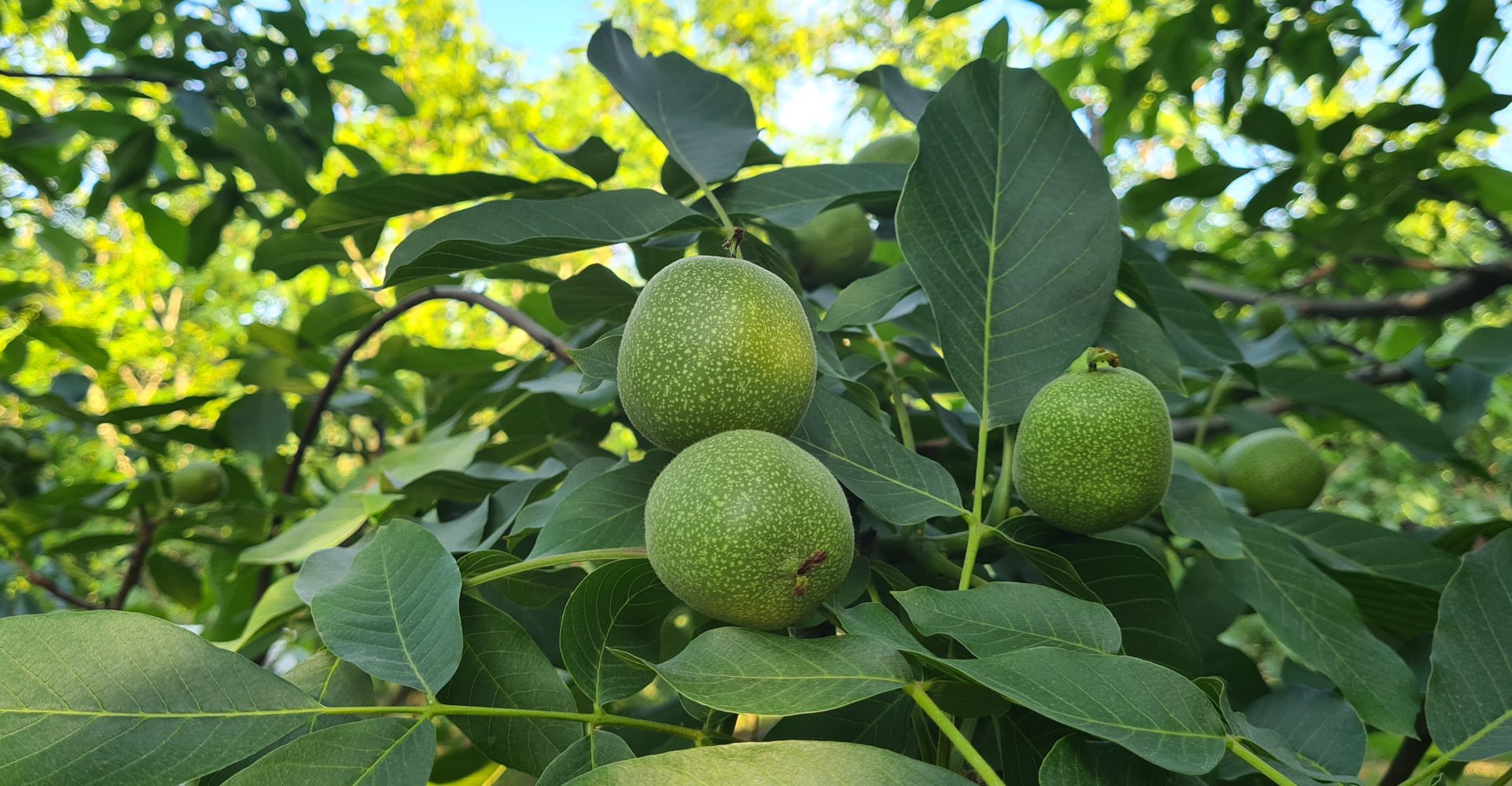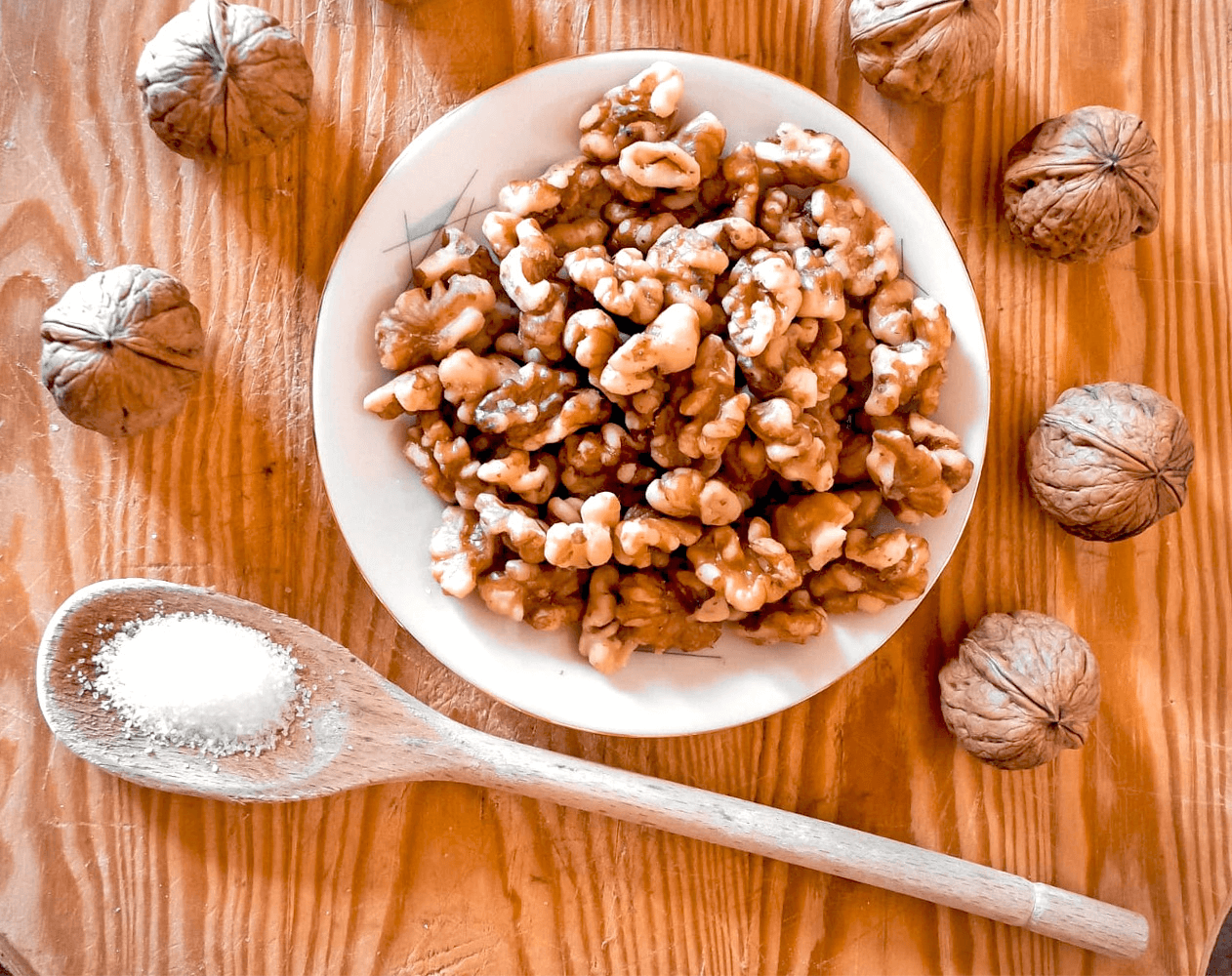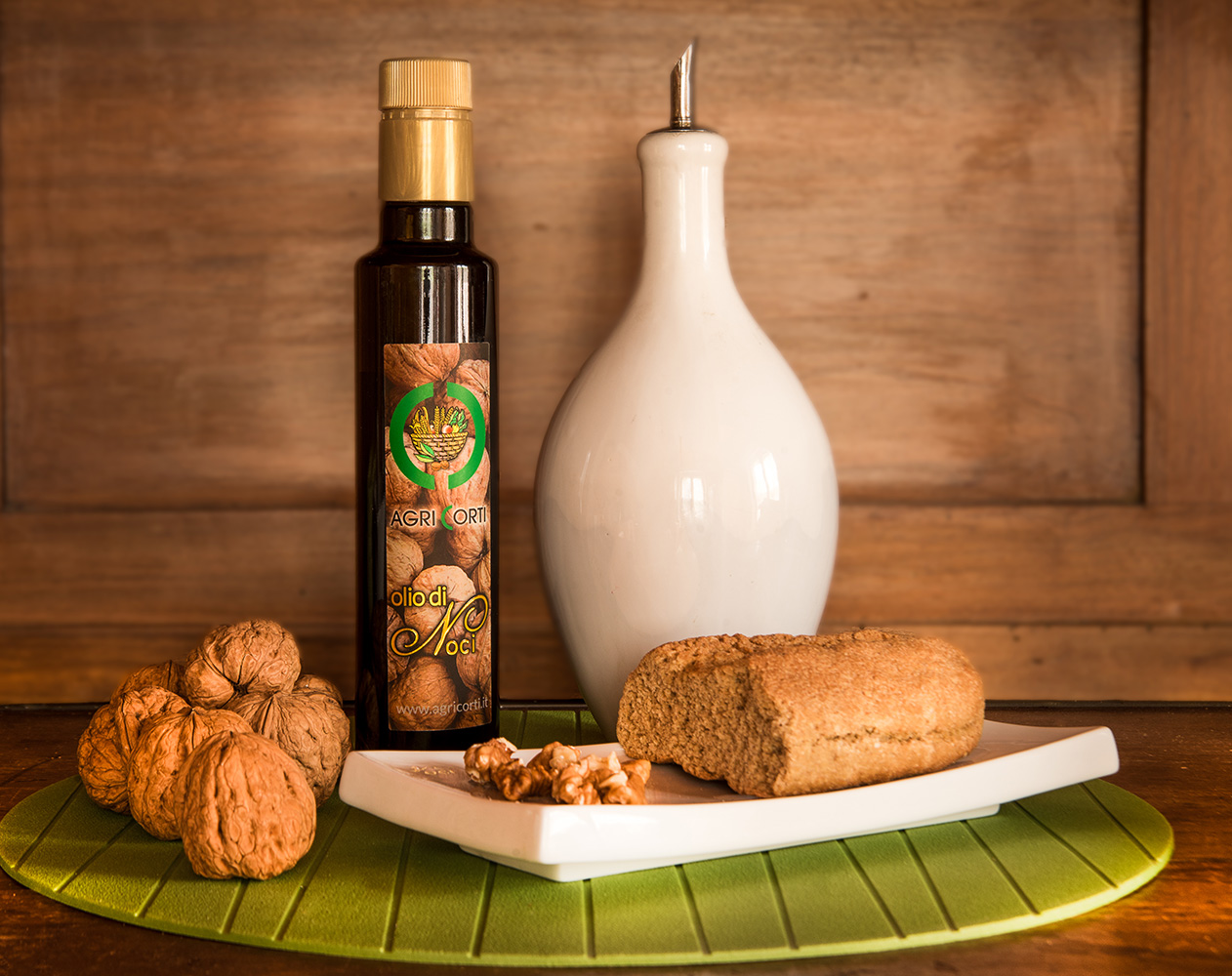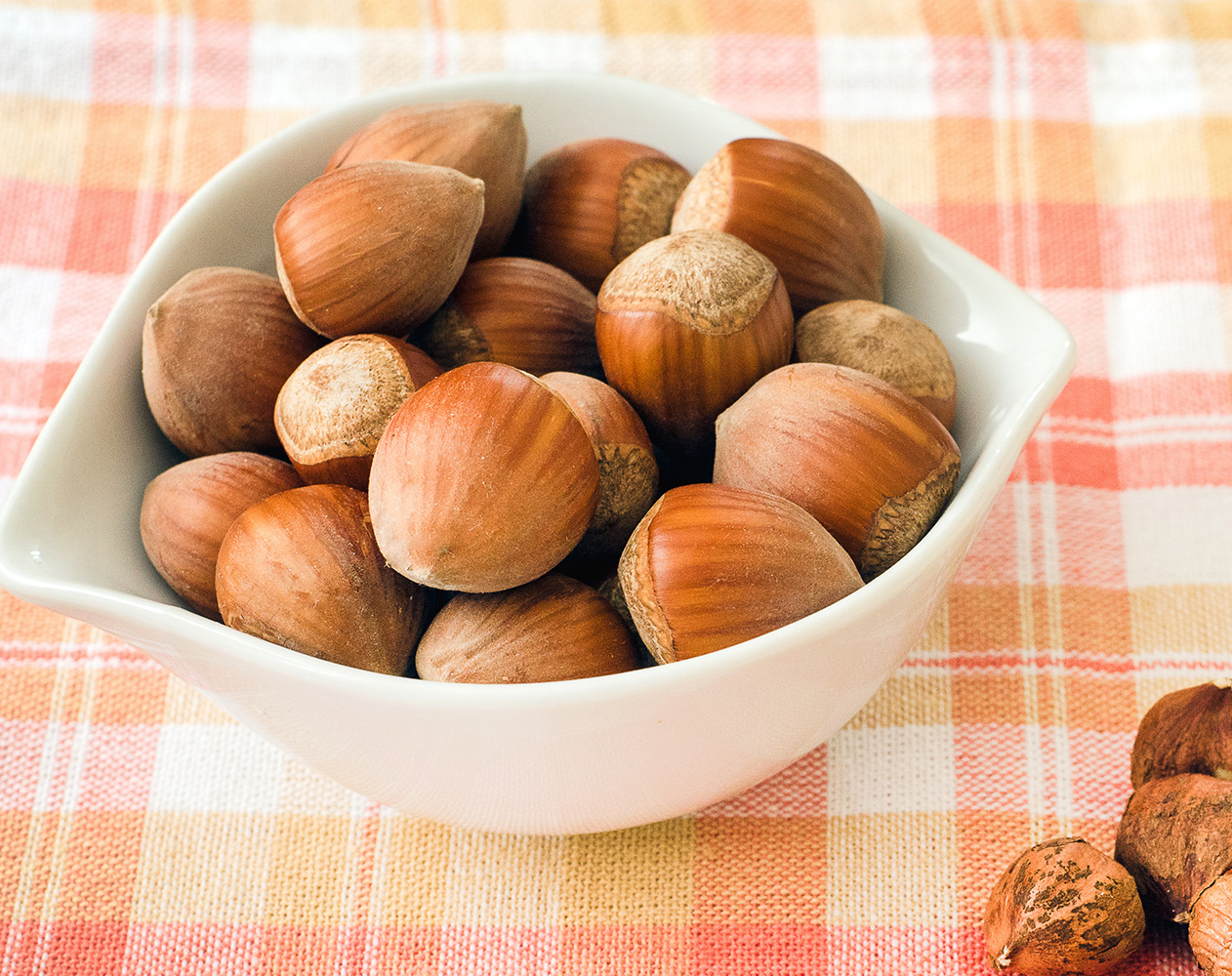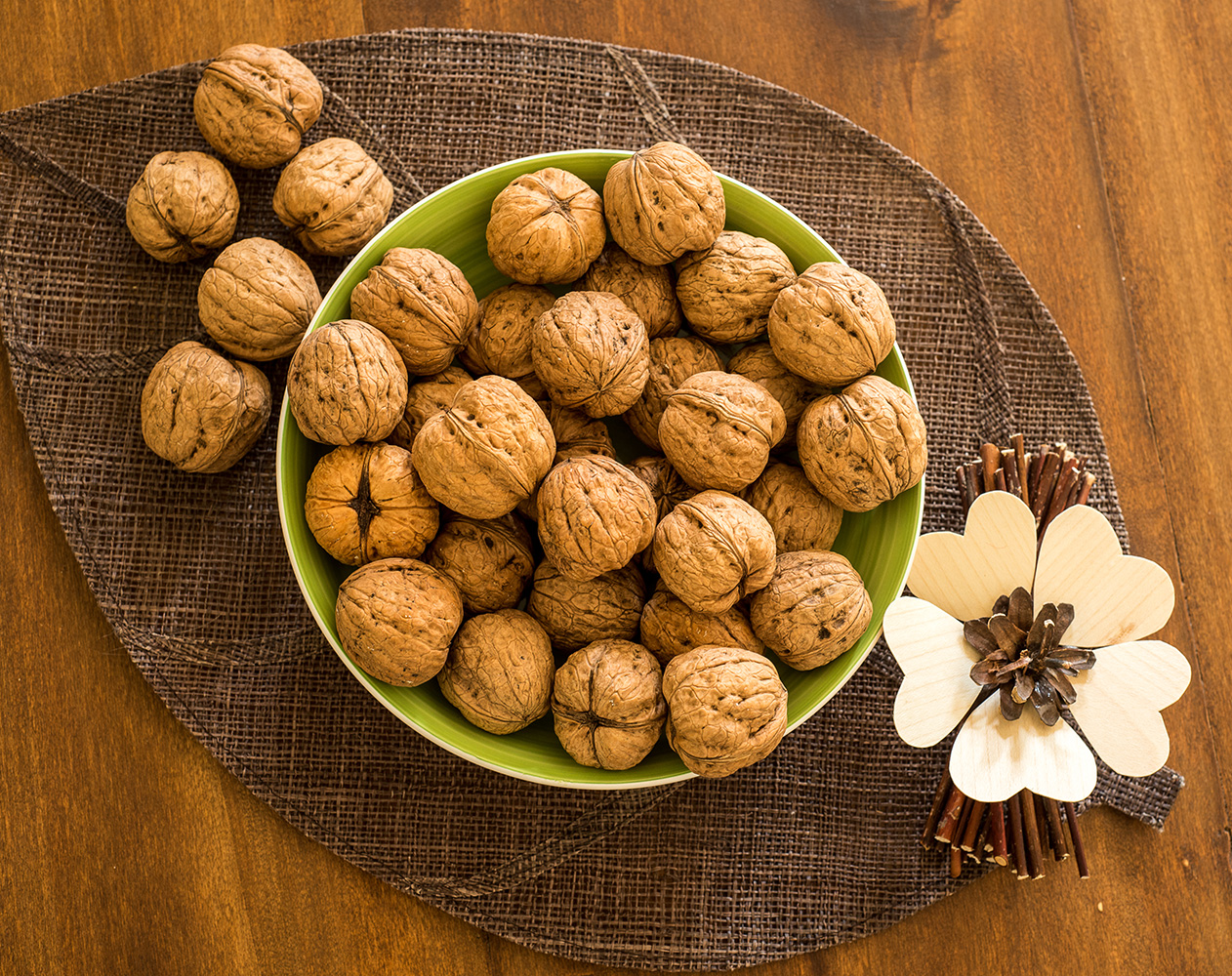Walnut fruit trees or walnut wood trees?
Have you ever wondered what the difference is between a walnut fruit tree and walnut wood tree?
Both cases are from the Juglans genus, which has been used over time to select particular varieties and cultivars for two different purposes: the production of fruit or the vigorous growth of the plant, and therefore, wood.
Walnut wood trees are grown to produce straight trunks without any kind of knots or defects, and are particularly sought-after if the height is at least 2.5 to 3 metres from the root collar (and therefore from ground level) up to the first branches. The wood from the trees is used to make furniture, parquet floors, sculptures and various objects.
The pruning of walnut wood trees is not done to improve their yields, but rather to encourage the development and good shape of the trunk. These trees are characterised by their very quick growth, partly due to the absence (or almost) of any fruit production, which allows more vigorous growth of the trunk and the entire plant. They are also more resistant to diseases and less sensitive to extreme weather conditions (drought, spring frosts, etc).
While walnut fruit trees have average vigorous growth, a semi-upright habit and feature high fruit yields.
The fruit setting of these plants, i.e. the moment when they start to produce fruits, is quick, which helps produce good walnut yields, in terms of quantity by surface area unit. Cultivars differ with their fruiting on the top and/or sides, depending on where the flowers (and therefore the fruits) develop on the branches. Pruning and various other cultivation techniques are aimed at improving production, both in terms of quantity and quality.
There are many cultivars of walnut fruit trees, which produce the different varieties of walnuts we find on sale, featuring varyingly different organoleptic and physical qualities (flavour, colour, shape, shell thickness and size), including in relation to where they are grown.



 0131.887213
0131.887213 Carrello
⟨0⟩
Carrello
⟨0⟩





